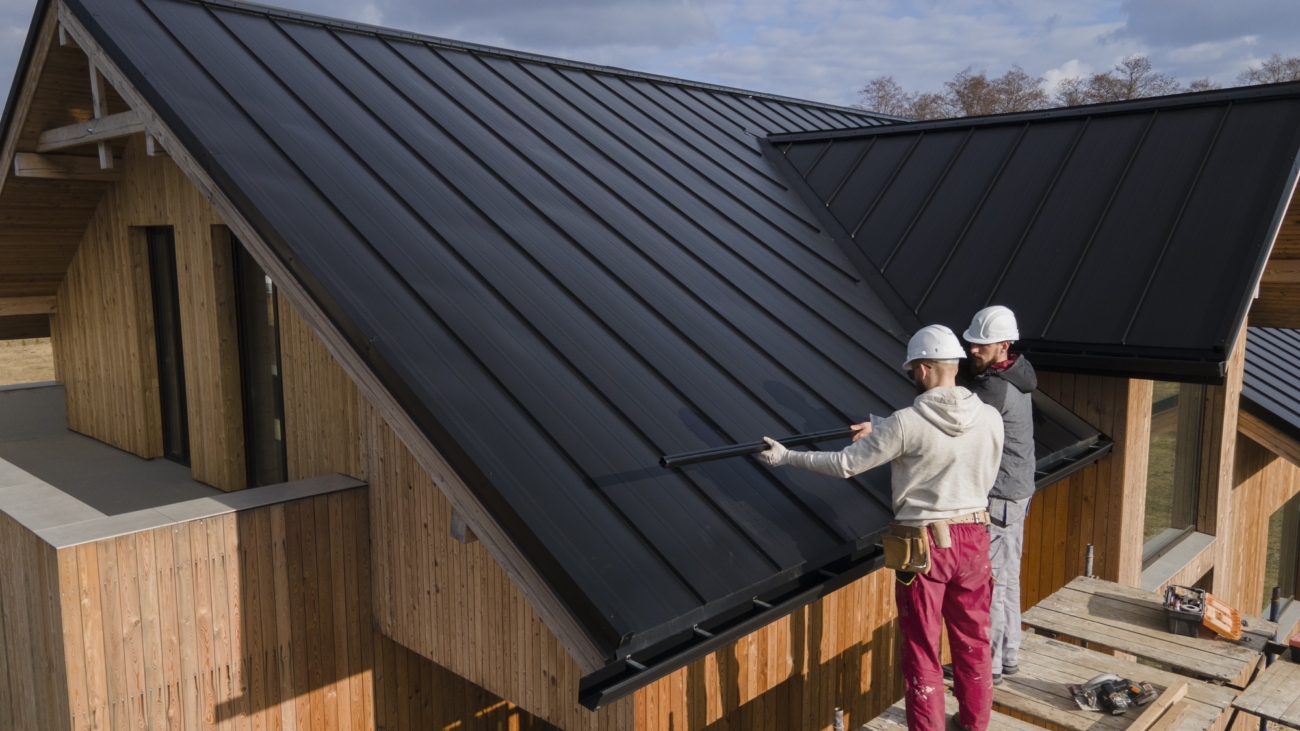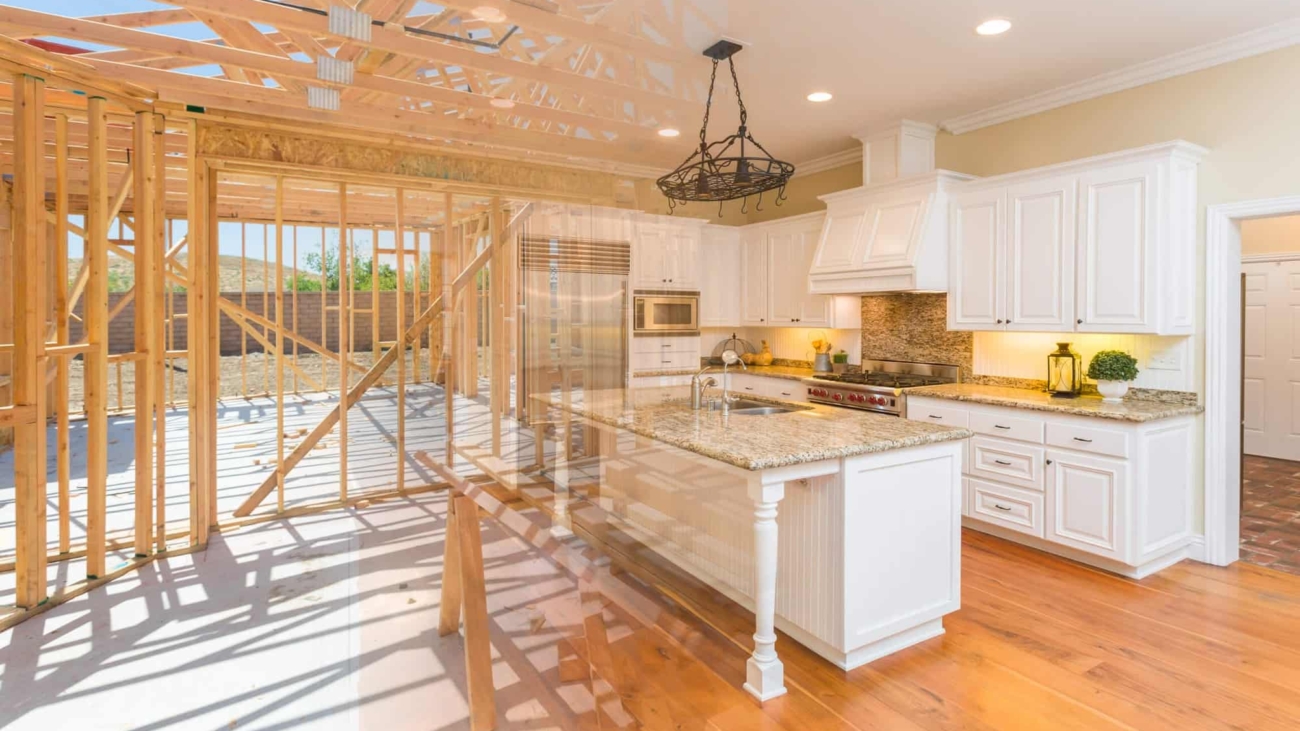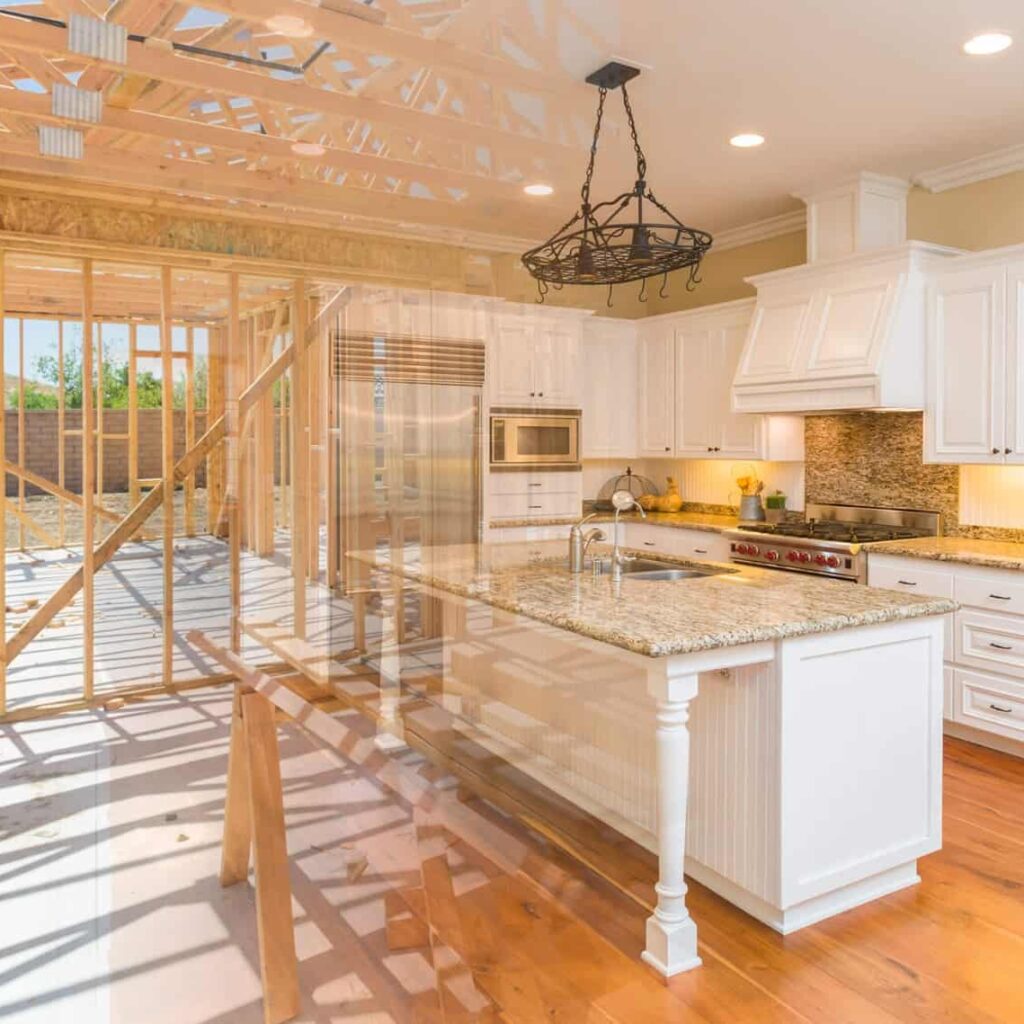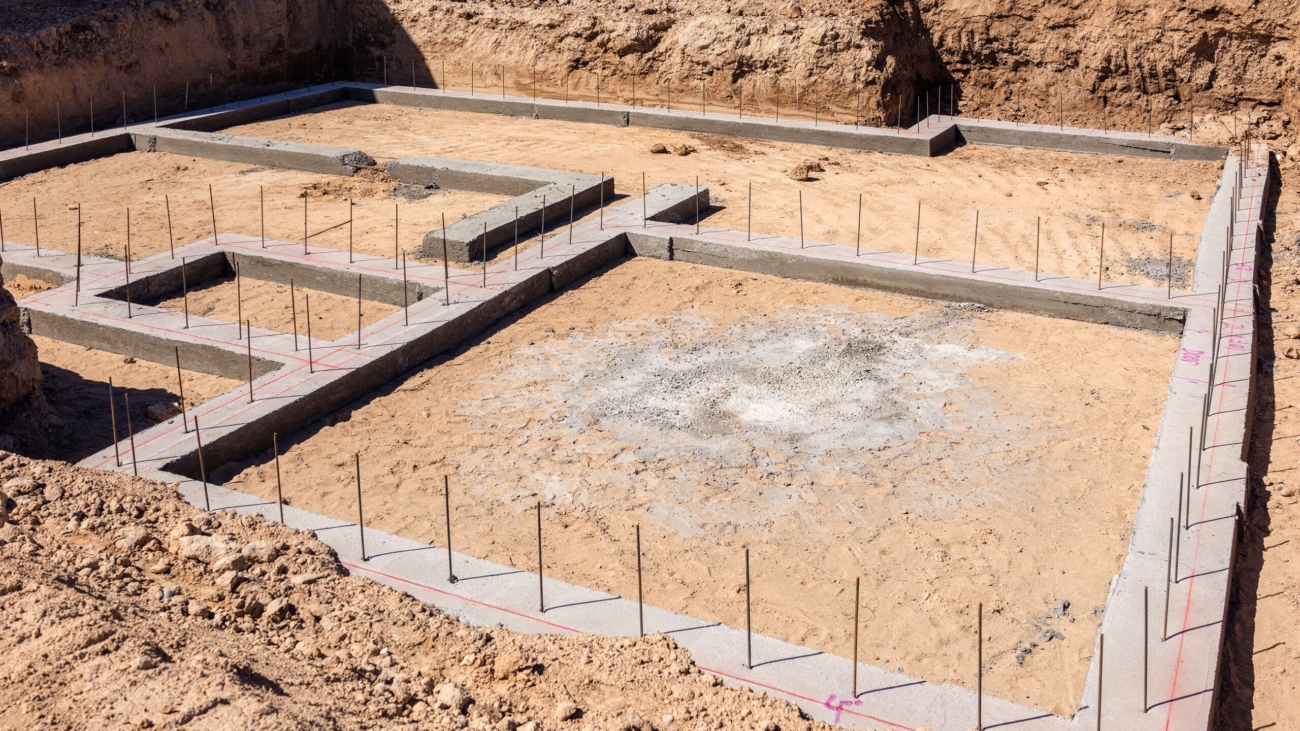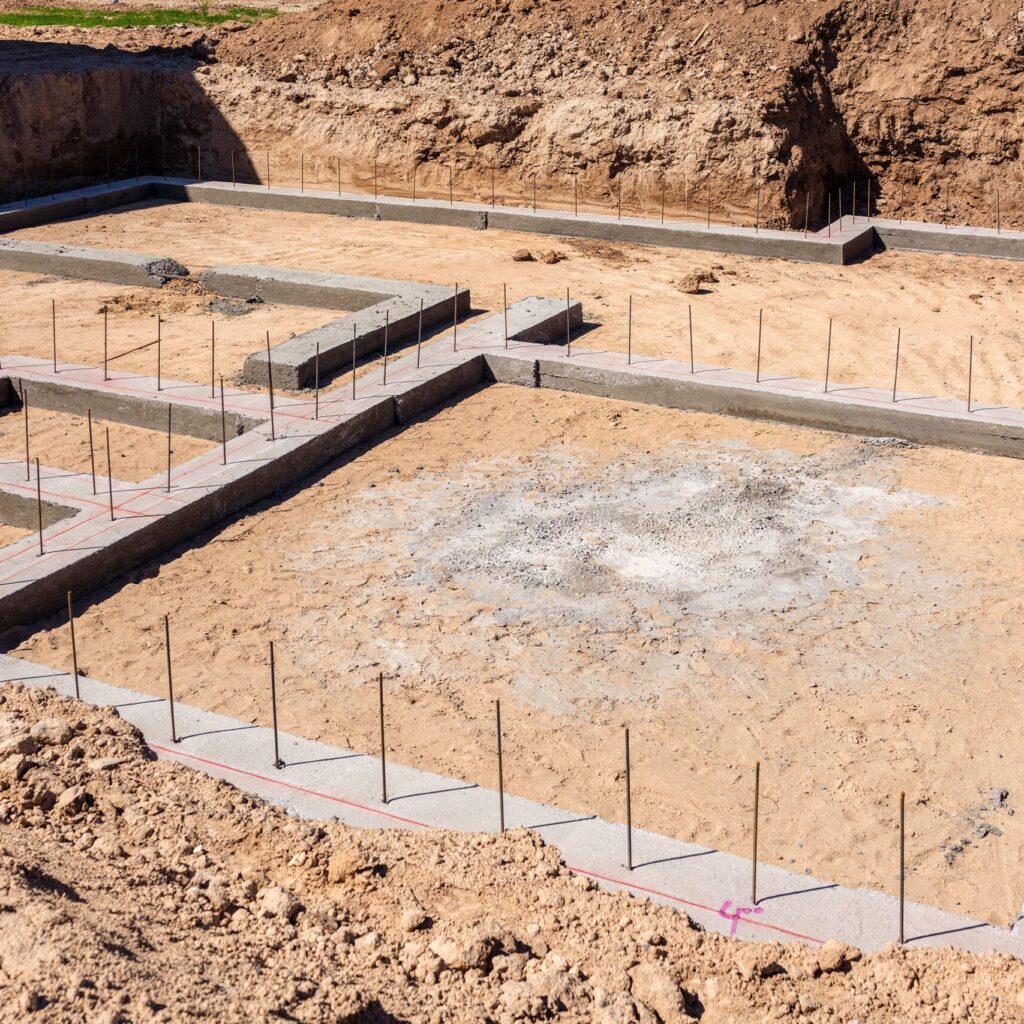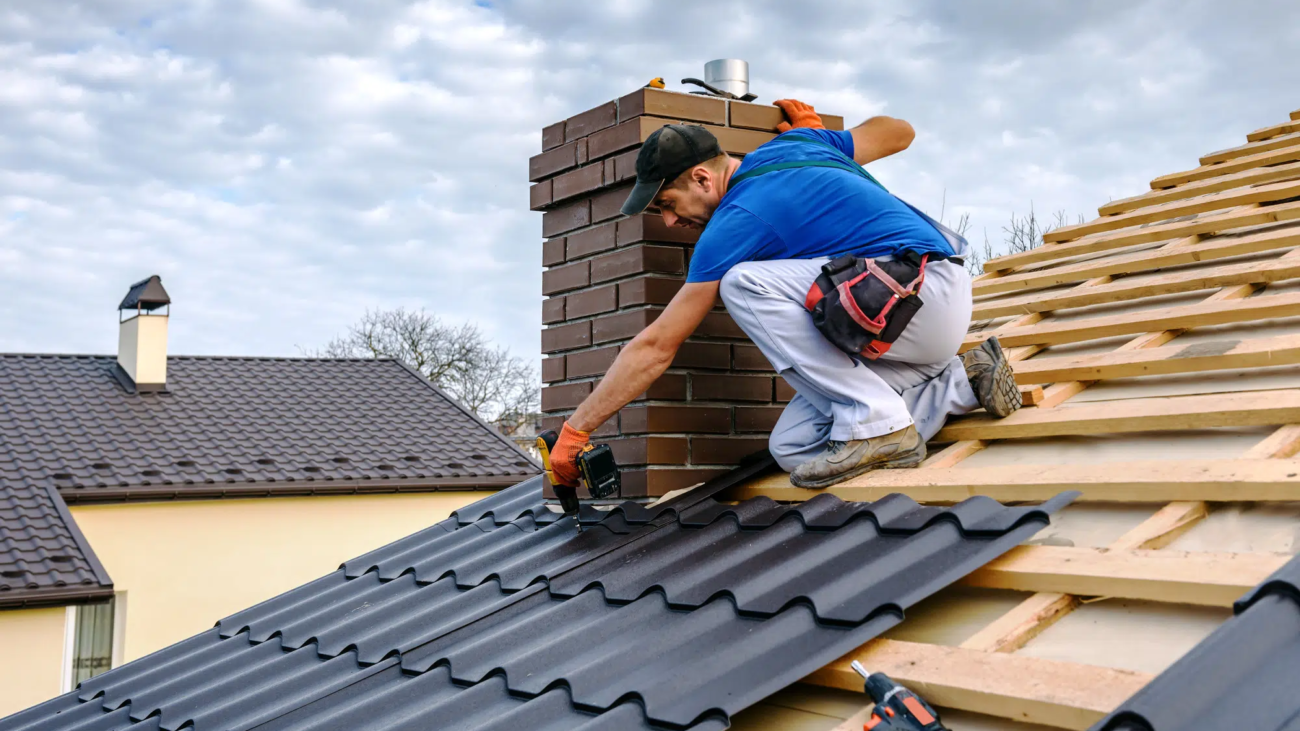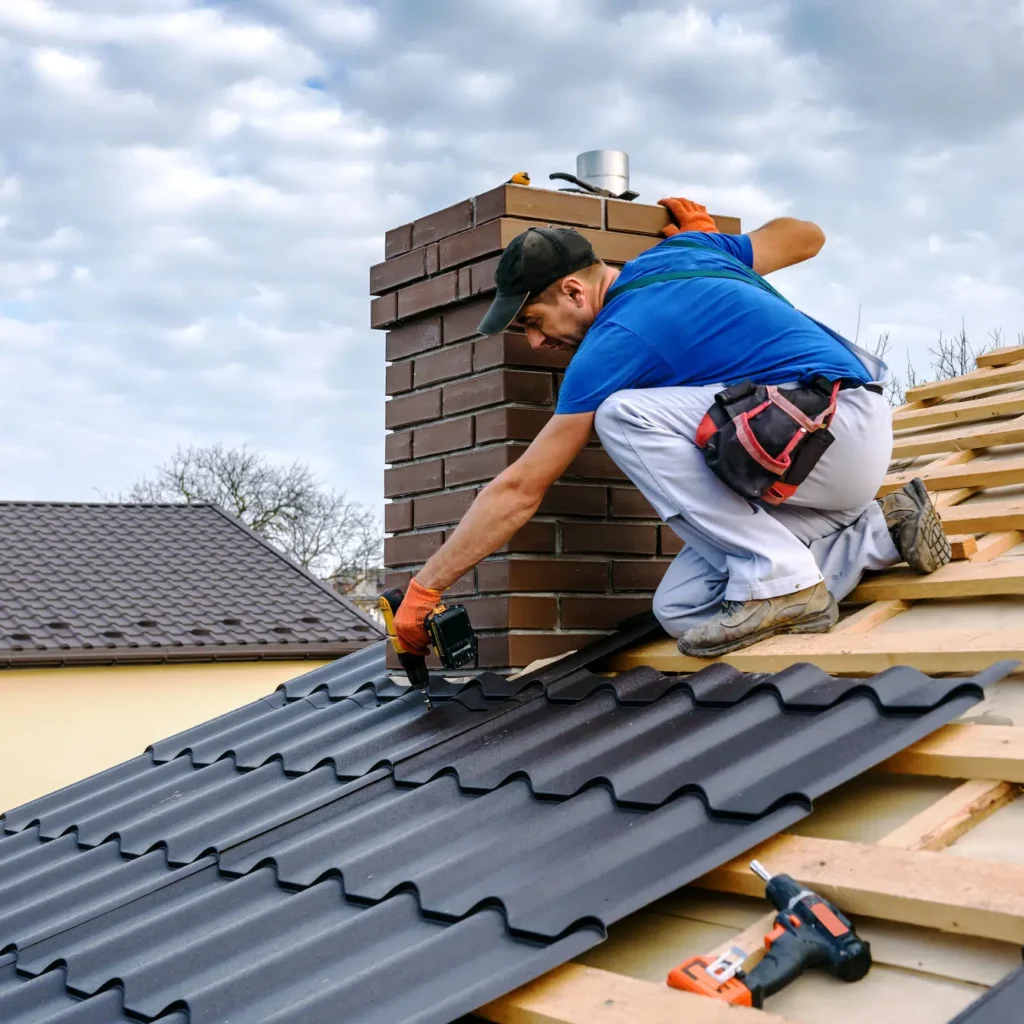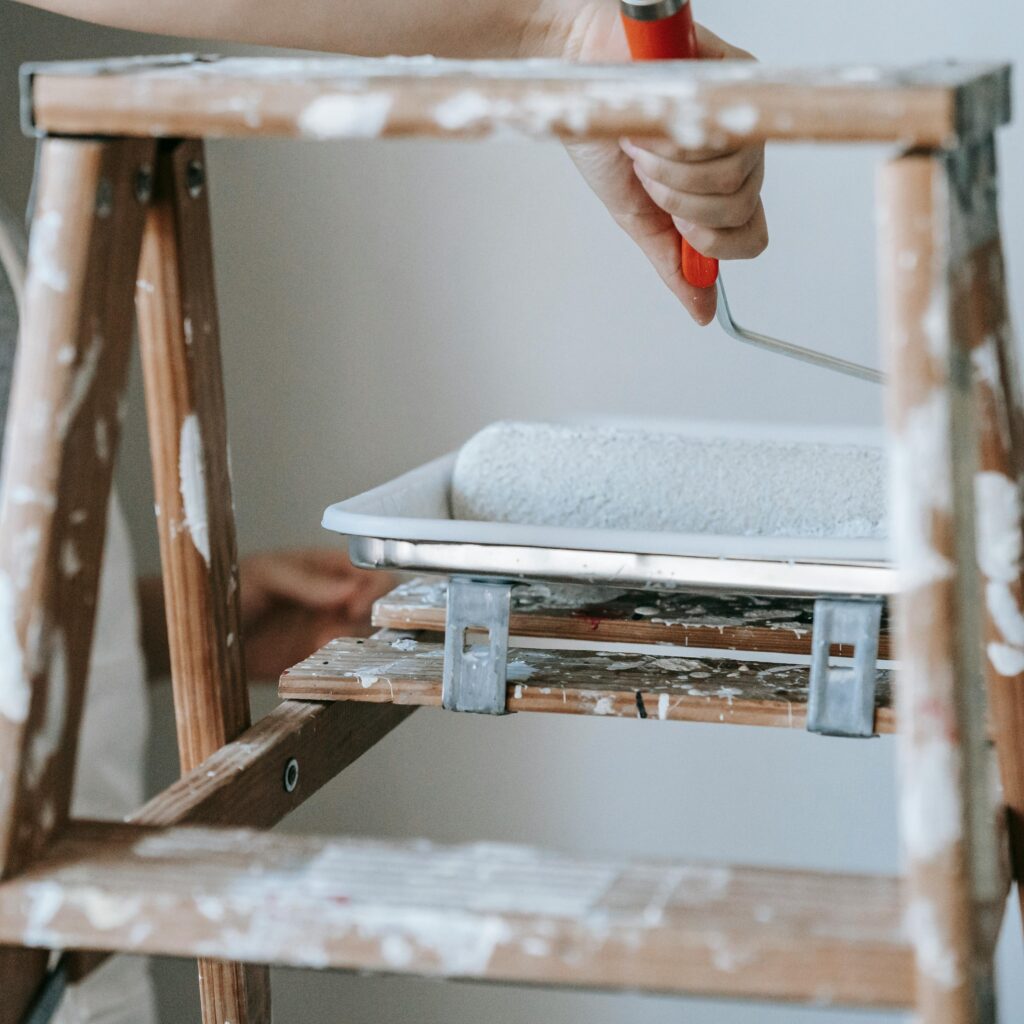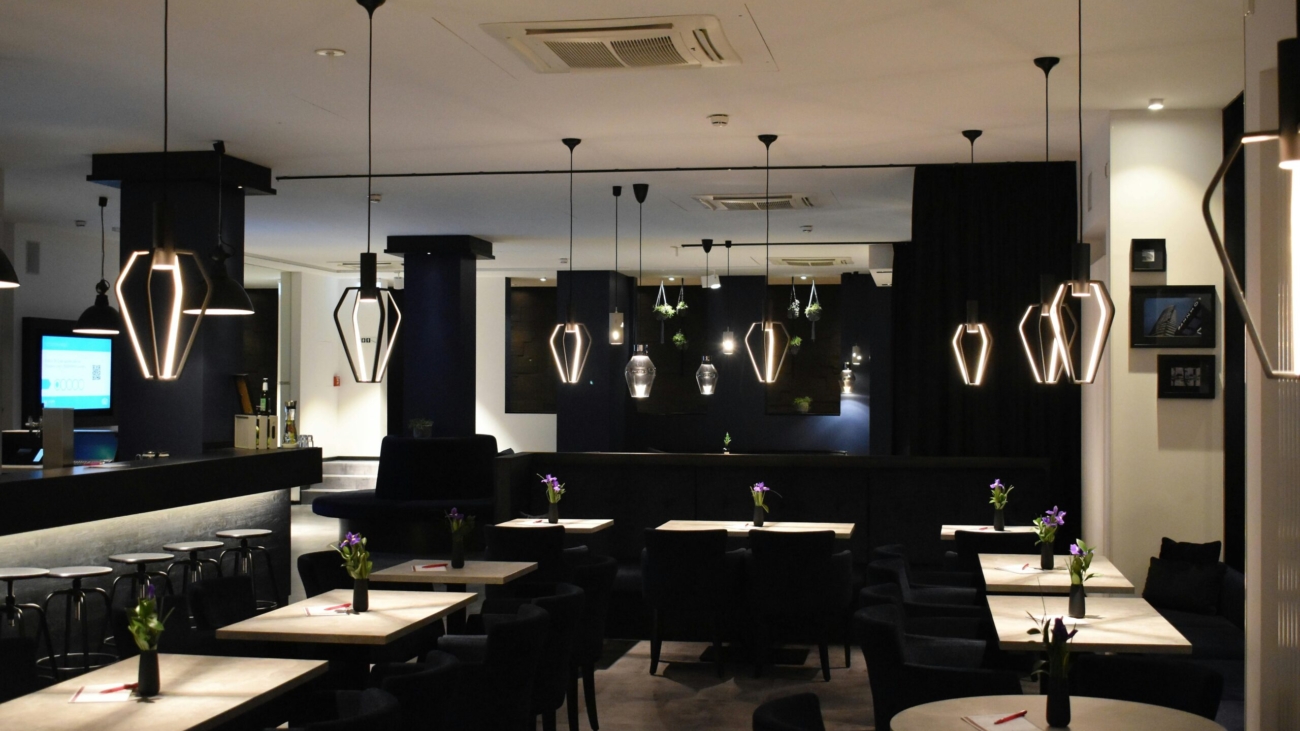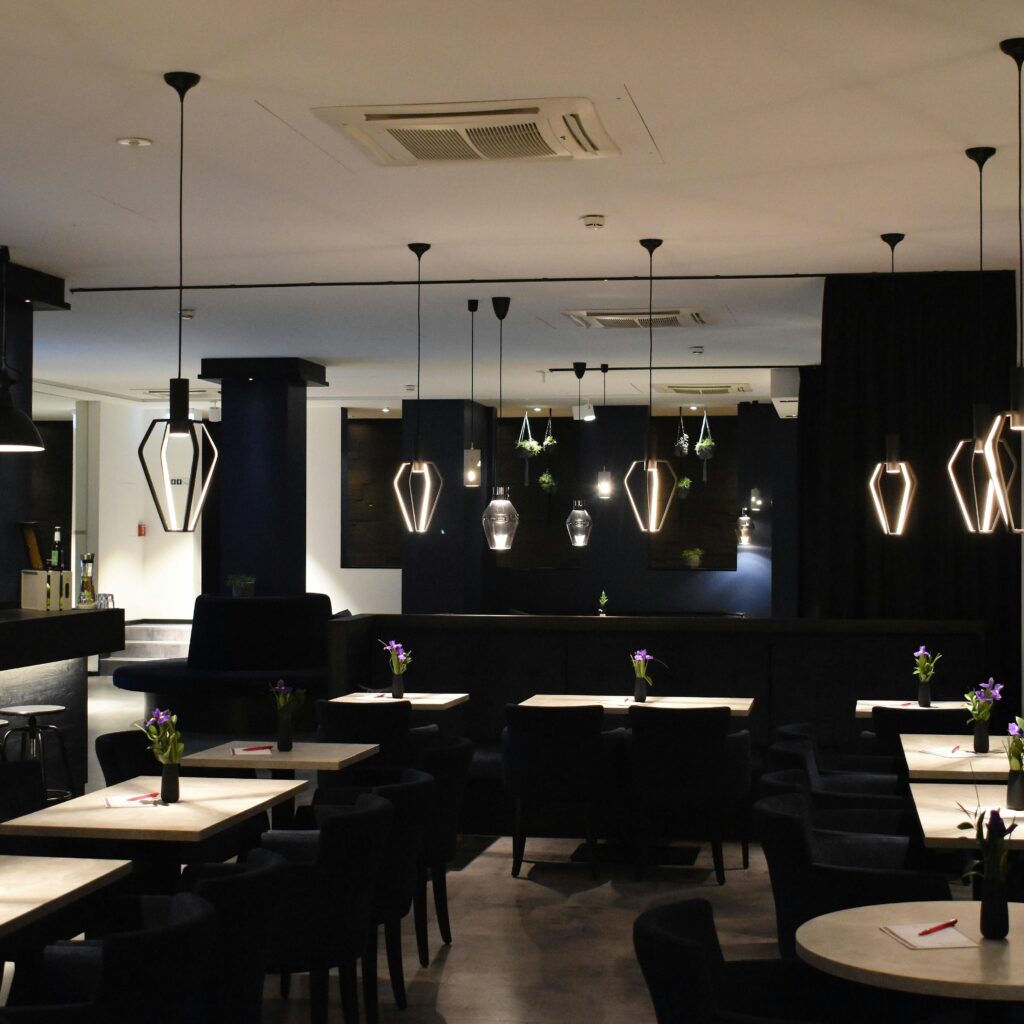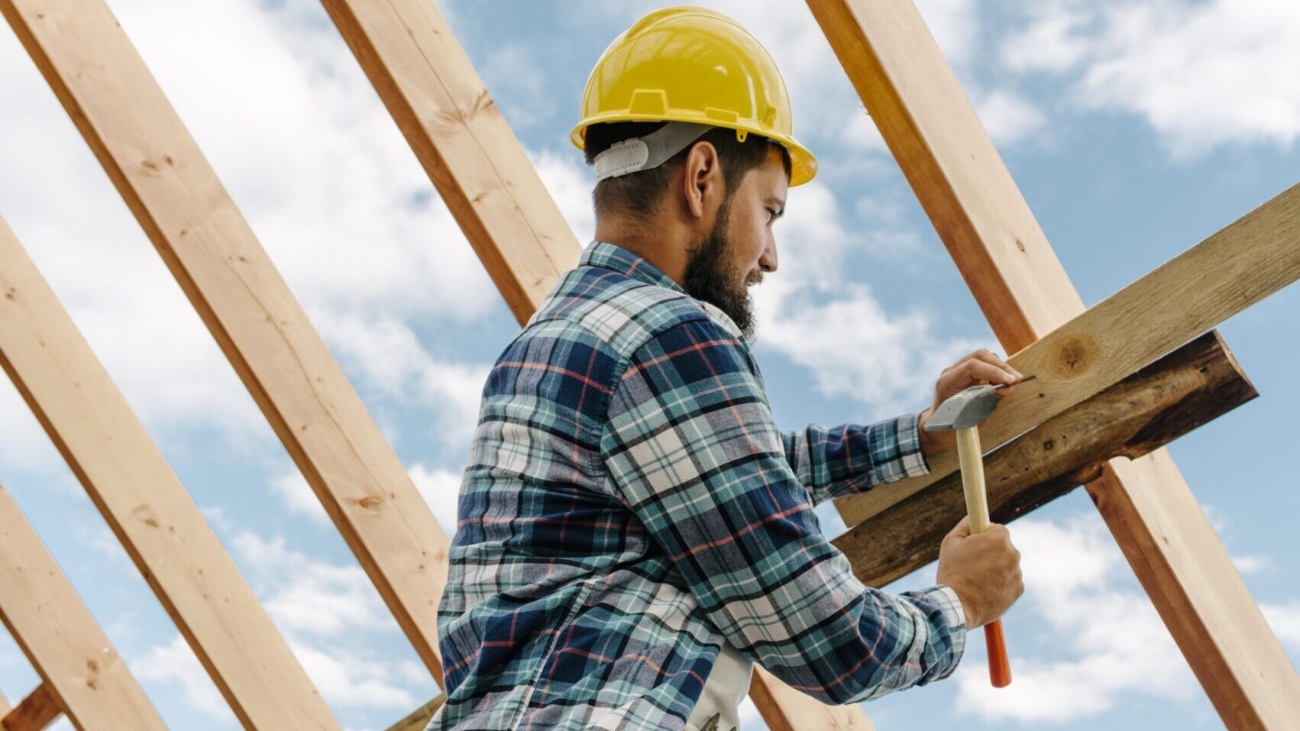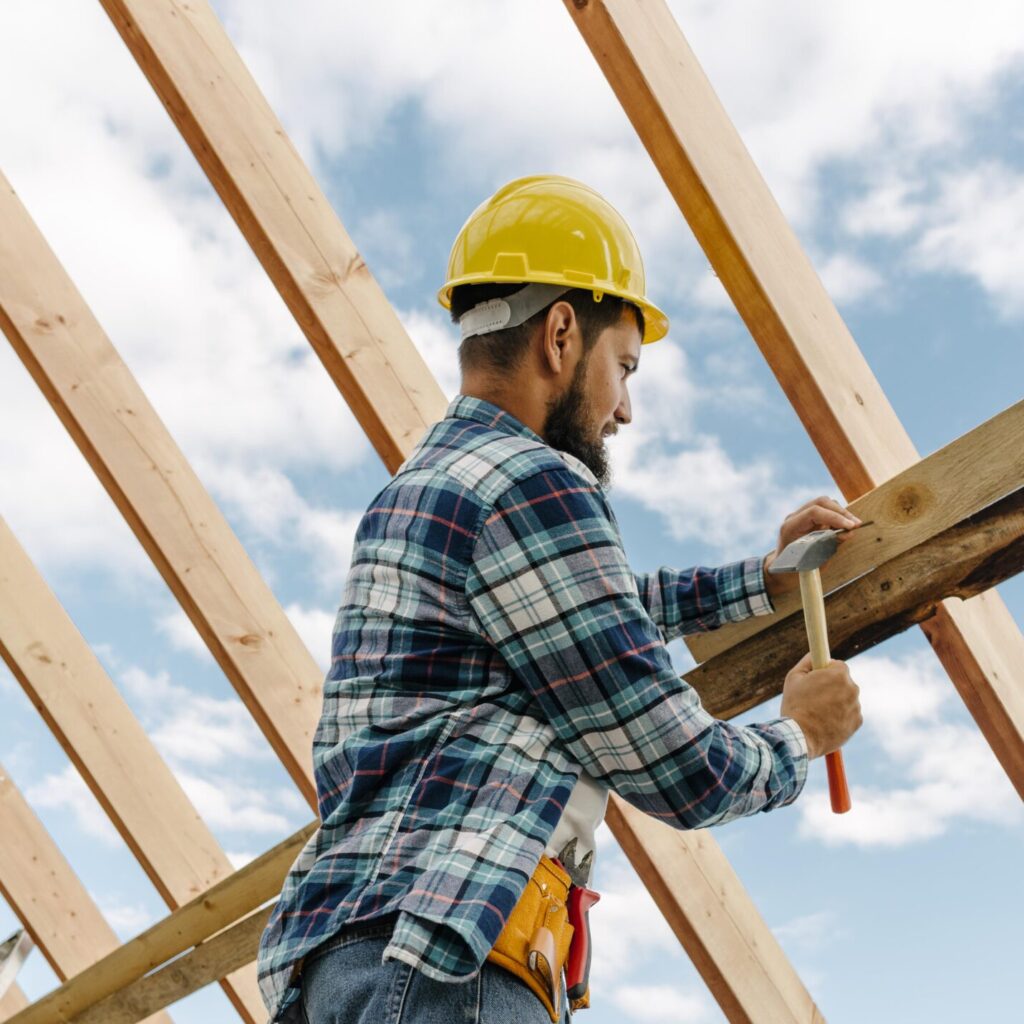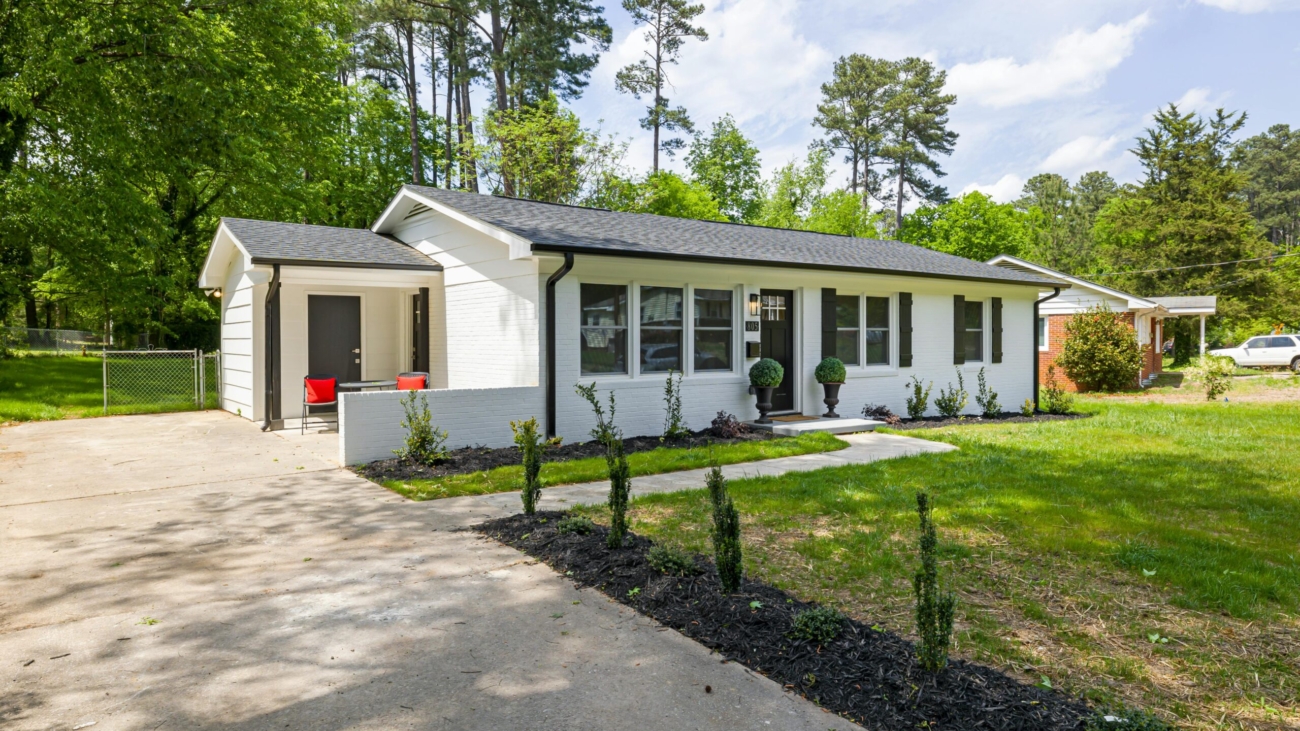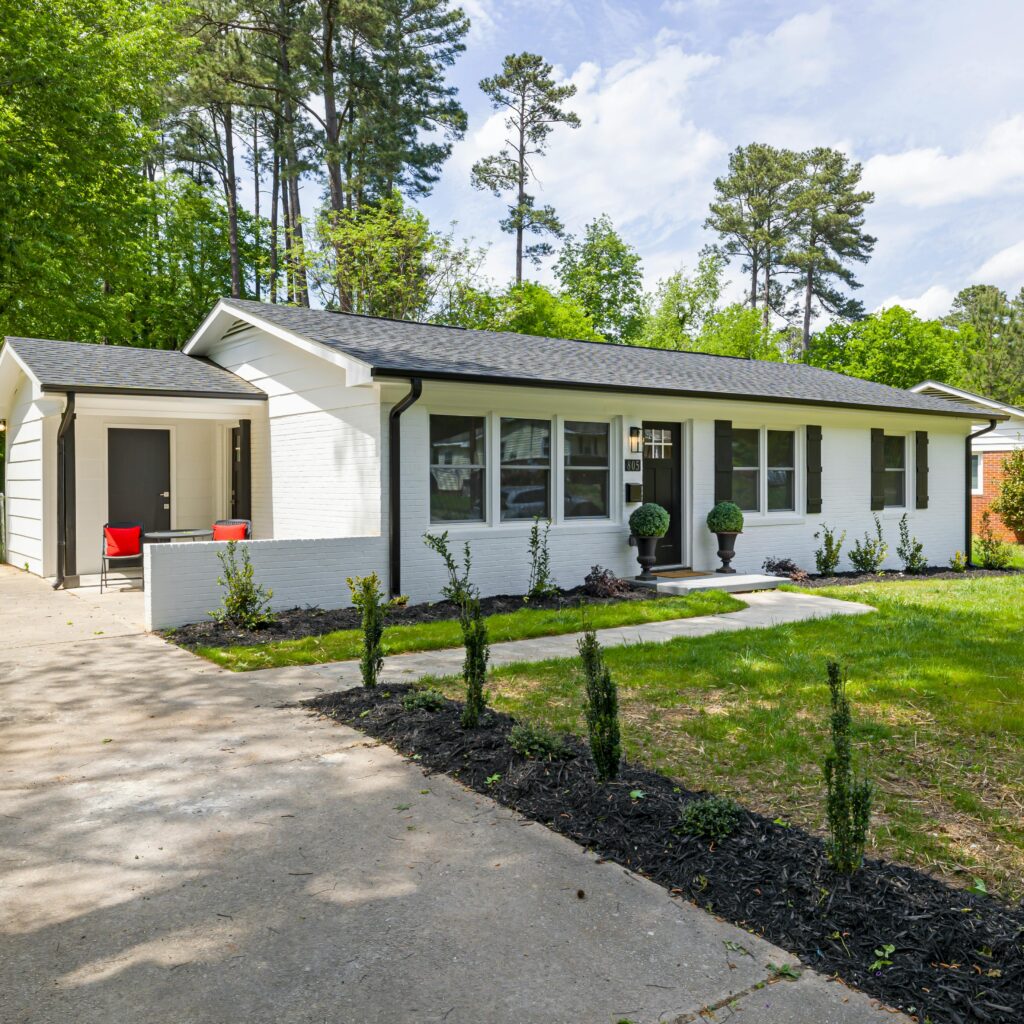Oops, Did We Do That? Top 10 Facepalm Moments for San Jose DIY Renovators
Okay, fellow San Jose tinkerers, let’s grab a coffee (or maybe something stronger—no judgment). We’ve all been there: scrolling Pinterest at 2 AM, convinced we can totally knock out that kitchen reno in a weekend. Spoiler: It rarely goes as planned. After years of swooping in to rescue DIY dreams (and nightmares) across San Jose, we’ve seen it all at D&D Home Remodeling. Here are the 10 most cringe-worthy mistakes local enthusiasts make… and how to dodge them like a pro.
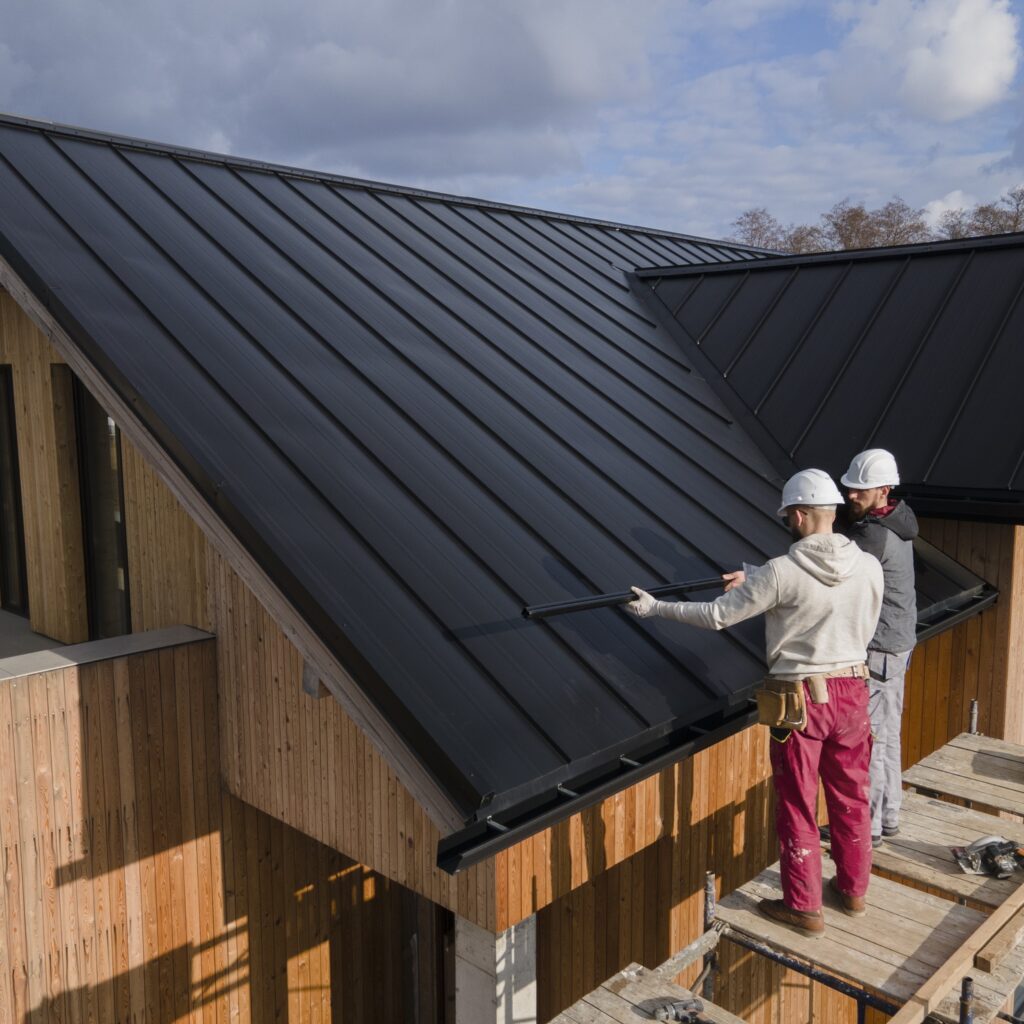
1. Budget? What Budget? (A.K.A. The Wallet Massacre)
H2: Underestimating Costs Like It’s an Olympic Sport
We get it. That “affordable” tile at the big-box store looks perfect. But suddenly, you’re three grand deep in unexpected plumbing fixes. Classic. DIYers often forget hidden costs:
- Permit fees (San Jose ain’t cheap, folks).
- Tool rentals (because your 10-year-old drill won’t cut it).
- Waste disposal (ever priced a dumpster in Santa Clara?).
Why it stings: That “simple” bathroom refresh can bleed into full home remodel territory faster than you can say “abortable project.” FYI, this is where pros shine—we give transparent price breakdowns upfront. No nasty surprises.
2. Permit Schmernit… Until the City Shows Up
H2: Treating Building Codes Like Optional Suggestions
“Who needs permits? It’s just a wall!” Famous last words before a stop-work order. San Jose, Campbell, Cupertino—they all have strict rules. Skipping permits risks:
- Fines (cha-ching!).
- Project delays (months, not days).
- Resale nightmares (buyers will find out).
Our hot take: Call D&D Home Remodeling before you swing that sledgehammer. We navigate permits like GPS in rush hour. :/
3. Flying Blind Without a Blueprint
H2: Planning? Nah, We’ll Wing It!
Starting demo without a plan is like driving to Tahoe without gas. We’ve seen folks rip out a wall only to find… it’s load-bearing. Oops. Smart planning means:
- Measuring twice (or ten times).
- Creating realistic timelines (double whatever you think).
- Ordering extra materials (because Sunnyvale’s tile shop closes at 6).
Pro move: A renovation contractor (like us, hint hint) creates phased plans. No guesswork.
4. Ignoring the Bones of Your Bungalow
H2: Pretending Your 1950s Home is “Fine”
That charming Eichler in Saratoga? Its wiring might be auditioning for a horror film. DIYers often miss:
- Outdated electrical panels (fire hazard central).
- Termite damage (silent but deadly).
- Plumbing older than your dad’s mixtapes.
Truth bomb: General remodeling isn’t just cosmetics. D&D Home Remodeling does free structural checks because, well, we like preventing disasters.
5. Picking Pretty But Impractical Materials
H2: Prioritizing ‘Gram-Worthy Over Functional
Yes, that marble countertop is stunning. But in humid Los Gatos? It’ll stain if you look at it wrong. Climate matters! Common flubs:
- Wood floors in flood-prone Morgan Hill basements.
- Delicate tiles in high-traffic Fremont hallways.
- Non-UV-resistant paint for exterior remodeling.
Our advice: Balance aesthetics with durability. Or just ask us—we’ve tested everything in South Bay weather.
6. Safety Third? Hard Pass.
H2: Channeling Fearless (Reckless) Bob the Builder
No helmet? No gloves? Just balancing on a ladder made of dreams and duct tape? Sigh. Safety oversights we’ve witnessed:
- Skipping asbestos tests (common in pre-1980 San Jose homes).
- DIY electrical work (zap!).
- Zero ventilation during demo (dust lung is not a vibe).
Real talk: A general contractor enforces safety protocols. Because ER trips aren’t DIY goals.
7. The Space That Makes Zero Sense
H2: Creating Layouts Only a Contortionist Could Love
That awkward kitchen corner that fits neither a fridge nor a human? Yeah. Poor space planning wastes square footage—prime real estate in pricey Cupertino! Avoid:
- Blocking natural light with poorly placed walls.
- Ignoring workflow (sink miles from the stove).
- Forgetting storage (where do the pots go?).
Solution: Home additions or reconfigs need pros. We maximize flow so you’re not dancing around the toaster.
8. Plumbing & Electrical: The “How Hard Can It Be?” Trap
H2: When YouTube Tutorials Aren’t Enough
Replacing a faucet? Maybe DIY. Rewiring your Milpitas garage? Absolutely not. DIY disasters we’ve fixed:
- Leaky pipes inside freshly tiled showers.
- Overloaded circuits causing blackouts.
- “Creative” (read: dangerous) junction boxes.
PSA: Hire a licensed bathroom remodeler or electrician. Or call us—we vet the best remodeling company partners.
9. Curb Appeal? More Like Curb Appall
H2: Neglecting the First Thing Everyone Sees
Spending $20K on a kitchen but leaving your Sunnyvale home’s exterior looking like a zombie apocalypse base camp? Bad math. Exterior sins:
- Peeling paint (neighbors are judging).
- Crumbling driveways.
- Landscaping that screams “abandoned lot.”
D&D to the rescue: Our exterior remodeling packages boost value and neighborhood cred.
10. Not Knowing When to Tap Out
H2: The “I’ve Gone Too Far” Panic Moment
That sinking feeling when you’re 6 weeks in, knee-deep in drywall dust, and realize… you’re in over your head. Signs you need a pro:
- You’ve Googled “how to un-flood a bathroom” twice today.
- Your spouse hasn’t spoken to you in weeks.
- The project is decidedly not abortable.
Our pitch: D&D Home Remodeling salvages botched DIY projects daily. We’re your white knights with toolbelts. Seriously, call us before it gets worse.
DIY vs. Pro: The Cold, Hard Reality Check
Still tempted to go solo? Here’s the scoop:
| Factor | DIY Approach | Pro Approach (e.g., D&D) |
|---|---|---|
| Cost | Seems cheap upfront; hidden costs explode budget | Transparent pricing; no surprises |
| Time | Months of weekends (and regrets) | Efficient scheduling; done right, fast |
| Quality | “It’s… rustic?” (Translation: wobbly) | Craftsmanship that lasts decades |
| Stress | Sky-high (RIP sleep) | We handle headaches; you sip margs |
| Safety | Questionable at best | OSHA-compliant; zero ER visits |
Your Burning DIY Questions, Answered
Q: How much does a realistic bathroom reno cost in San Jose?
A: For a mid-range bathroom remodeler job? $15K–$30K. Factors include tile choice, plumbing moves, and whether your subfloor is secretly mush. Get a detailed quote—guessing is a gamble.
Q: Can I do part of the reno myself and hire for the rest?
A: Totally! We love collaborative projects. Handle demo or painting; leave electrical/structural to us. Just define roles early.
Q: Why are permits such a headache near me?
A: Cities like Saratoga or Los Gatos have strict rules to preserve safety and aesthetics. We manage permits daily—it’s our superpower.
Q: Is D&D Home Remodeling actually the best for home remodeling services?
A: IMO? Yes 🙂 But don’t take our word for it. Check our Santa Clara County reviews. We earn that “best” title daily.
Wrapping Up: Learn From Our Facepalms, Friends
Look, we adore DIY spirit—it’s why we started D&D Home Remodeling! But San Jose renovations? They’re beasts. Between permits, hidden costs, and structural surprises, even seasoned enthusiasts get humbled.
Remember: The smartest DIYers know when to call reinforcements. Whether it’s a full home remodel or just rescuing a project gone rogue, we’re here. Serving San Jose, Fremont, Campbell, and all points in between.
So… still feeling lucky? Or ready to chat with a house remodeling contractor who’s seen it all? Hit up D&D Home Remodeling today. Let’s turn those “oops” moments into “oh wow!” results. Your sanity (and your home) will thank you. 😉


